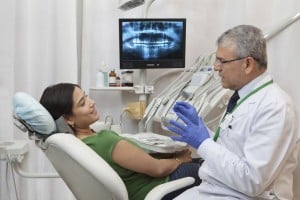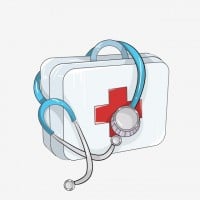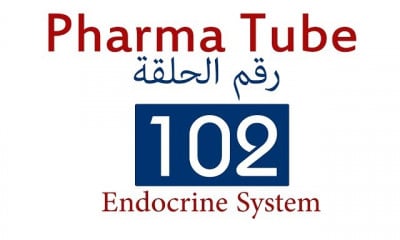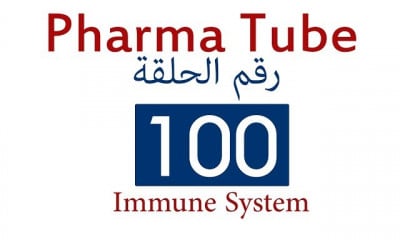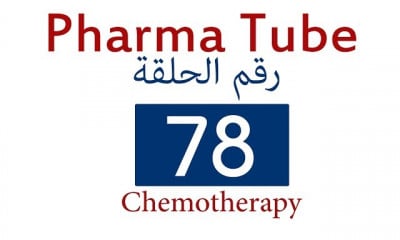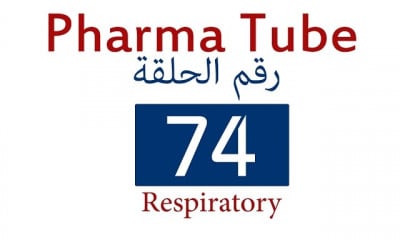شرح Anatomy of mammary gland and its lymphatic drainage | [معتمد]
دورة امراض الثدى breast diseases
شارك الآن استفساراتك مع اعضاء دورة امراض الثدى breast diseases اضغط هنا
سجل الآن
قائمة الدروس | 5 درس
التعليقات
دورات ذات صلة
دورة معتمدة اون لاين مجانية What are breast disorders?
There are several types of breast disorders found in teens and young adults. Most of these conditions are benign (non-cancerous).
Breast pain
The most common type of breast pain is associated with swelling of the breast tissue during the menstrual cycle. It’s almost always hormonal. Some young women begin to have pain around the time of ovulation that continues until the beginning of their menstrual cycle. The pain may be felt in only one breast or may be felt as a radiating sensation in the under-arm region.
The pain can either be barely noticeable or so severe that she cannot wear tight-fitting clothing or tolerate close contact of any kind.
Other causes of breast pain can include:
infection
injury
cysts
Gynecomastia
Gynecomastia is the excessive development of male breast tissue. Although gynecomastia often resolves on its own, it can last through puberty.
Cysts
A cyst is a fluid-filled sac that develops in the breast tissue. They typically occur in older women, but are sometimes found in teens. Cysts often enlarge and become tender and painful just before the menstrual period and may seem to appear overnight.
Cysts can feel either soft or hard. When close to the surface of the breast, cysts can feel like a large blister, smooth on the outside, but fluid-filled on the inside. However, when they are deeply embedded in breast tissue, a cyst will feel like a hard lump because it is covered with tissue.
Fibroadenomas
Fibroadenomas are solid, smooth, firm, benign lumps. They are most commonly found in women in their late teens and early twenties, but can occur in women of any age. Fibroadenomas occur twice as often in African-American women as in other American women.
Fibroadenomas are painless lumps that feel rubbery and move around freely. They vary in size and can grow anywhere in the breast tissue.
Fat necrosis
Fat necrosis is a condition in which painless, round, firm lumps caused by damaged and disintegrating fatty tissues form in the breast tissue. The condition most often occurs in women with very large breasts or after a bruise or blow to the breast.
These lumps are not malignant and they do not increase your risk of cancer. However, this condition may occur after a lumpectomy and radiation from a previous cancerous lump. In some cases, your doctor will watch the lump through several menstrual cycles, and may perform a mammogram before deciding whether to remove it.
Sclerosing adenosis
Sclerosing adenosis is a breast condition that involves excessive growth of tissues in the breast, often resulting in breast pain.
While these changes in the breast tissue are microscopic, they may show up on mammograms as calcifications and can produce lumps.
Generalized breast lumpiness
Breast lumpiness is known by many different names, such as "fibrocystic disease" and "fibroid breasts."
Many doctors now believe that lumpiness is caused by normal breast changes that many women undergo throughout their lives. However, lumpiness in the breasts may make actual lumps harder to find. So, if you have lumpy breasts, it’s important to perform regular breast self-examinations and have regular check-ups.
Breast tenderness
Mild breast tenderness often occurs before your period. It can also be an early sign of pregnancy. Most adolescents don’t have severe breast tenderness, so if you do, contact your doctor. Sameh Ghazy breast diseases










